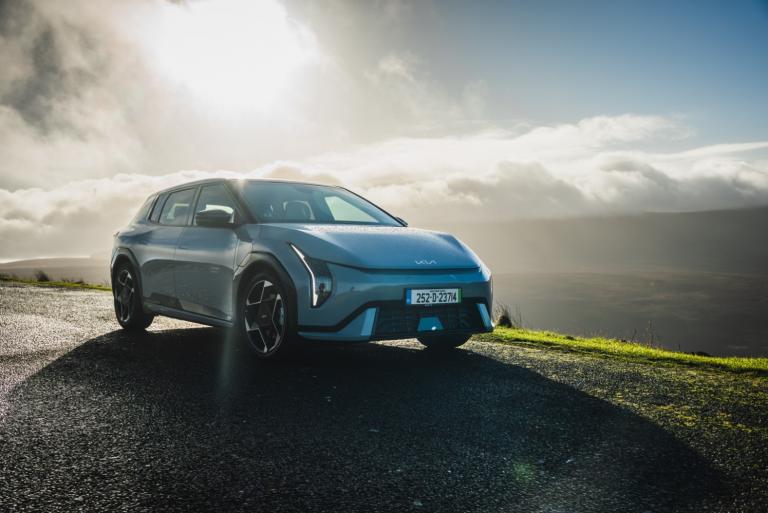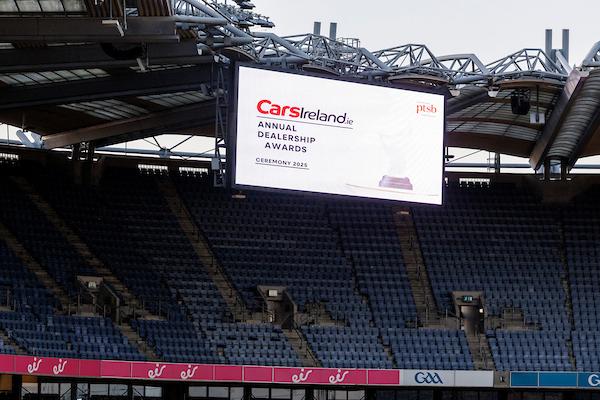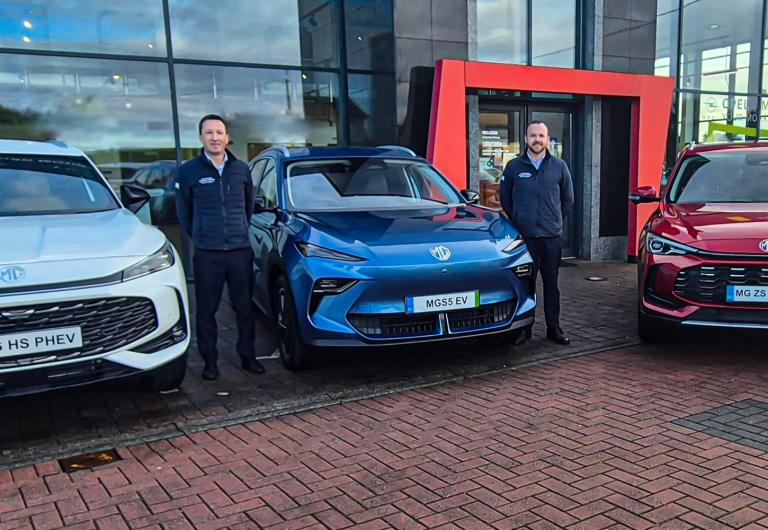First Drive: Renault Clio
Published on 26 June, 2019
New Clio here in October, but tax query means no price yet
Overview
THE new Renault Clio gets here towards the end of October.
I mention that first to highlight a great uncertainty that looms in the meantime: what is the Government going to do with our tax system on emissions in the Budget?
The current vacuum makes it difficult to forecast or gauge the price and spec.
The current Clio costs from €17,500. Renault have confirmed the new one will cost more. How much, and for what, remains to be seen.
Anyway, the engine line-up should include the entry-level petrol 3cyl naturally aspirated 1.0 SCe 75 (5spd manual).
And debuting in the range is the 1.0 TCe 100 turbocharged version (up 10PS on the TCe 90 it replaces).
The most powerful engine is the 1.3 TCe GPF (we know it from the Captur, Mégane, Scénic and Kadjar) with 130PS.
It comes only with a 7spd EDC dual-clutch gearbox and replaces the TCe 120.
The 85PS diesel has been heavily updated; 6spd box is standard.
Big rivals include the likes of the Toyota Yaris, Ford Fiesta and Volkswagen Polo.
Around 1,700 to 2,000 people are expected to buy one next year - again, that will depend on the tax changes, I reckon.
And it is notwithstanding the expected increase in purchases of its electric ZOE sibling, as well as an imminent new Captur (based on the same platform as the Clio).
It will be a test of loyalty towards a car whose stats are impressive: there has been one bought every minute for the past 30 years.
There will be a first E-TECH petrol hybrid (1.6-litre petrol, battery and two electric motors) some time next year.
You'll be hearing a good deal about this, with its innovative use of the motors and clutchless gearbox.
It uses a new-gen 1.6 litre petrol engine linked to the multi-mode gearbox. The electric motors are powered by a 1.2 kWh lithium ion battery.
The system always starts in all-electric mode. With regeneration, they claim you can drive at slow speeds around town in all-electric mode for around 80pc of the time.
The Captur will get a plug-in version next year, with the Megane the year after.
Expect the Renault group to have 12 'electrified' models by 2022.
The new Clio hasn't changed that much in terms of exterior looks. It is marginally shorter (15mm) but they have eked out compensatory space within, including more boot room (to 391 litres). The major changes are on the inside.
There are significantly better quality materials, for a start. The display and dash are also particularly well thought out.
This is real smart supermini hatch territory now, and well kitted out.
There are different screen display sizes, depending on trim/option for infotainment, connectivity and, especially good sat-nav display.
And I like the way they have large tactile buttons for the likes of ventilation. All in all, it's an impressive interior.
The mechanics of seat adjustment, however, were not high points, despite the fact the seats were more comfortable (50mm longer base).
We do take a lot of technological inclusion for granted these days. All the new Clios get lane departure warning and lane keep assist, traffic sign recognition with speed alert, cruise control with speed limiter function and Active Emergency Braking as standard. The latter is bolstered by the latest cyclist and pedestrian detection capability. Front, rear and side parking assist is standard on RS Line models, as is automatic high and low beam and adaptive cruise control. You can add blind spot warning and Easy Park Assist.
We drove the 130bhp and 100bhp versions of this first Renault to be built on the new CMF-B platform (it is 50kg lighter).
I wasn't that impressed by the 130bhp; it lacked real pep for such a powerful supermini. The 100bhp manual transmission version was much better and came across as a nicer drive overall.
There will be four trim levels: Expression, Dynamique, Iconic and the new RS Line. Dynamique will be the big seller (7in screen, Android Auto, CarPlay).
LED headlights are standard. New RS Line trim (which will gradually replace GT Line) brings a sportier look, including F1 blade and a honeycomb grille.
There is the optional 'Smart Cockpit', with 9.3in portrait infotainment screen, 10in TFT instrument cluster option on RS Line. Combined with the 9.3in infotainment display, it makes for a lot of screen area - all to the good.
We also tried the Highway & Traffic Jam Companion (Level 2 autonomy system) to good effect. This keeps you centred on your lane, a specific distance from the car ahead and so on. It is a step towards autonomous driving and a first, they claim, in such a small car.
There was nothing revolutionary or new technologically, except the advances in smoothness, detail of operation and use in size of car.
Yes, the Clio has definitely improved, but even that may not be enough to stave off the relentless demand for small SUVs undermining smart hatchbacks.
Equally, with the electric vehicle era imminent, there is bound to be agonising at point of purchase over whether to go EV or not. So you have distractive elements around the new hatch.
Nonetheless, the distributors here reckon around 2,000 people will buy one in a full year, as I say.
It remains to be seen, but I think the new model gives them a decent fighting chance.
Latest Reviews

Kia EV4 Video Review

CarsIreland Dealership Awards 2025: Celebrating Excellence Across Ireland

Rochford Motors Joins MG Network as New West of Ireland Dealer